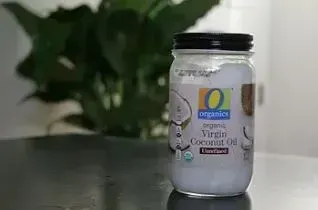Saturated fatty acids are typically known as "bad fats". To identify these fats, they are generally solid at room temperature. A few of the main sources that contain saturated fats are animal fats such as meat, poultry, beef, pork, and lamb, and dairy fats such as milk, butter, cheese, and cream. One source that I typically use in the kitchen is coconut nut oil! Specifically, coconut oil contributes to weight loss, prevention of osteoporosis, supports immune system function and helps control diabetes. I would suggest applying coconut oil to your eggs, salmon, and poultry.nd helps control diabetes.
Lipids and Longevity
Good old lipids a.k.a fats! Yes, the one term that frightens numerous of people in regards to their health. I must admit, although I've been aware of the good and the bad fats, I've never been quite sure as to which fats to avoid, the true benefits of such fats and how I could use them on a regular basis. Moreover, I'm going to talk about the pros and cons of different fatty acids, what they really are and how we can benefit from them.

Fats are commonly found in oils such as olive, corn, canola, sesame, avocado, and sunflower. Although most of the fats can be produced in the body, there are fats that we must obtain from the food itself. These fats are known as essential fatty acids. Essential fatty acids are classified as saturated, monounsaturated, polyunsaturated, omega 3 and omega 6 fatty acids.
Additionally, polyunsaturated fats such as omega 3 and omega 6 fatty acids, can be consumed directly from fish oils. It is suggested to eat approximately two servings of wild-caught salmon every week to assure that you receive abundant amounts of omega 3 and 6 fatty acids. Pertaining to your health is the first vital step towards optimal health. Overall, the goal is to start small while becoming more aware of the oils you cook with.
Peace & Health,
Chandra
#Organic#Agriculture#LipidsAndLongevity
Reference
Alice H Lichtenstein, Dietary Fat and Cardiovascular Disease: Ebb and Flow Over the Last Half Century, Advances in Nutrition, Volume 10, Issue Supplement_4, November 2019, Pages S332–S339, https://doi.org/10.1093/advances/nmz024








